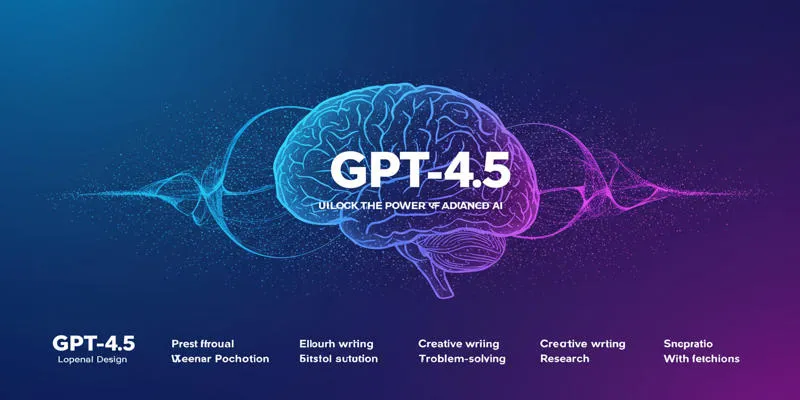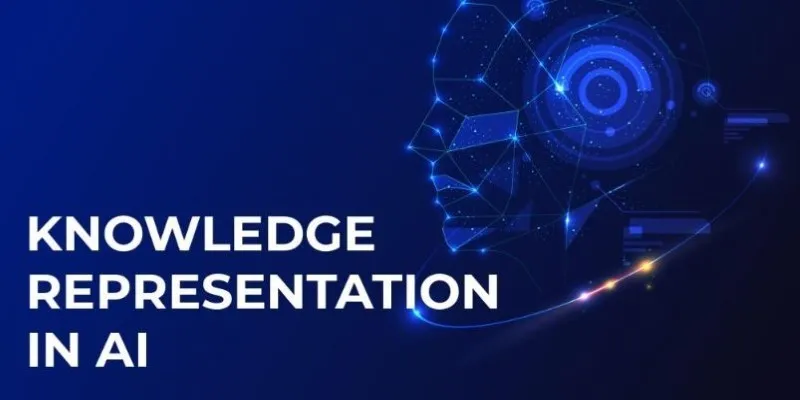OpenAI’s GPT-4 and other large language models in artificial intelligence (AI) have dominated headlines due to their multifunctionality. However, businesses and developers are turning to small language models (SLMs) as a simplified and efficient alternative, considering the high costs and challenges associated with large models. This article delves into the increasing popularity of SLMs in AI and explores their superior traits and pivotal role in future AI solutions.
The Shift Toward Smaller Models
 Over the years, the AI
industry has predominantly focused on large language models for their
versatility in handling complex tasks. Small language models, on the other
hand, present significant advantages by offering cost-effective solutions
tailored to specific needs, making them a viable alternative to traditional
large models.
Over the years, the AI
industry has predominantly focused on large language models for their
versatility in handling complex tasks. Small language models, on the other
hand, present significant advantages by offering cost-effective solutions
tailored to specific needs, making them a viable alternative to traditional
large models.
Small language models are designed to excel in executing specific domains or tasks while minimizing resource requirements. They deliver high-efficiency AI solutions with exceptional performance and accuracy maintenance.
What Are Small Language Models?
A small language model (SLM) is characterized by its training on reduced datasets and utilization of fewer parameters compared to large language models (LMs). While LMs operate with hundreds of billions of parameters for general applications, SLMs typically require between millions and billions of parameters for specific tasks.
Key Characteristics of SLMs: - Their compact design enables SLMs to
prioritize speed during training and deployment processes. - SLMs excel in specific tasks due to their utilization of purpose-built datasets. - These models perform effectively on simple hardware, running on CPUs and edge devices. ## Why Small Language Models Are Gaining Popularity ### 1. Cost Efficiency
Large language models demand expensive hardware and high energy consumption due to their extensive computing requirements.
In contrast:
- SLM deployment is more cost-effective as these systems require less infrastructure. - By utilizing SLMs, businesses can reduce cloud expenses by operating within their facilities or on smaller devices. - Product-focused SLM solutions offer significant cost savings compared to server-based solutions in customer service applications. ### 2. Energy Efficiency
Large language models consume substantial power during inference and training, raising environmental concerns. SLMs address this issue by:
- Operating with lower power consumption. - Contributing to environmental sustainability by minimizing energy usage. - Combining sustainability benefits with innovative capabilities, appealing to companies valuing both aspects. ### 3. Faster Deployment
Large models necessitate lengthy training periods due to complexity and data requirements.
On the contrary:
- SLMs require shorter training periods with smaller datasets, enabling rapid preparation in days or hours. - These models integrate seamlessly with existing systems, facilitating faster deployment without extensive framework modifications. - The quick deployment of SLM technology proves advantageous for time-sensitive initiatives like product launches or marketing campaigns.
4. Specialized Applications
Large language models, with their generalized nature, may produce irrelevant outputs when applied to niche fields. Small language models excel in handling specific tasks:
- The healthcare industry utilizes SLMs to provide tailored medical insights and drug solutions to patients. - Retail businesses enhance customer recommendations through personalized learning algorithms. - SLMs demonstrate superior accuracy in domain-specific datasets compared to larger models, as evidenced by multiple research studies. ### 5. On-Device AI
Small language models offer significant potential as they can operate directly on devices such as smartphones and IoT systems.
- SLMs provide offline capabilities through features like translation and chatbots, enhancing privacy and data processing speed. - Users benefit from enhanced performance and security as computations remain within the device framework. ## Applications of Small Language Models
 Small language models
deliver efficiency and adaptability across various industries.
Small language models
deliver efficiency and adaptability across various industries.
Healthcare
Medical professionals leverage SLMs to provide HIPAA-compliant solutions for patient inquiries and medical record summaries.
E-Commerce
Retailers leverage SLMs to offer customized product recommendations based on client history and inventory, enhancing personalized shopping experiences while reducing operational costs.
Mobile Applications
Smartphone apps benefit from SLM features such as offline text capabilities, grammar control, and sentiment analysis, enhancing user experience without relying on cloud infrastructure.
IoT Devices
SLMs enable natural language processing in IoT environments, improving efficiency and data security by processing information locally.
Edge Computing
Deploying small language models on edge devices allows real-time data analysis at the source, minimizing processing delays in manufacturing and logistics analytics.
Challenges Facing Small Language Models
Despite their advantages, small language models face functional limitations:
- Limited capacity to perform diverse tasks simultaneously compared to larger models. - Dependence on precise training datasets for generating high-quality outputs. - Scaling SLMs for broader applications requires fine-tuning and integration modifications. - Overcoming these challenges is crucial for widespread adoption of small language models by enterprises. ## Conclusion
Small language models offer a transformative approach for businesses to embrace generative AI solutions, combining efficiency, cost-effectiveness, and specialized performance. As industries across healthcare, retail, IoT, and edge computing increasingly adopt innovative AI technologies, small language models are positioned to drive new advancements. Embracing small language models represents a future-oriented strategy for organizations seeking performance-driven and practical AI solutions.
 zfn9
zfn9























